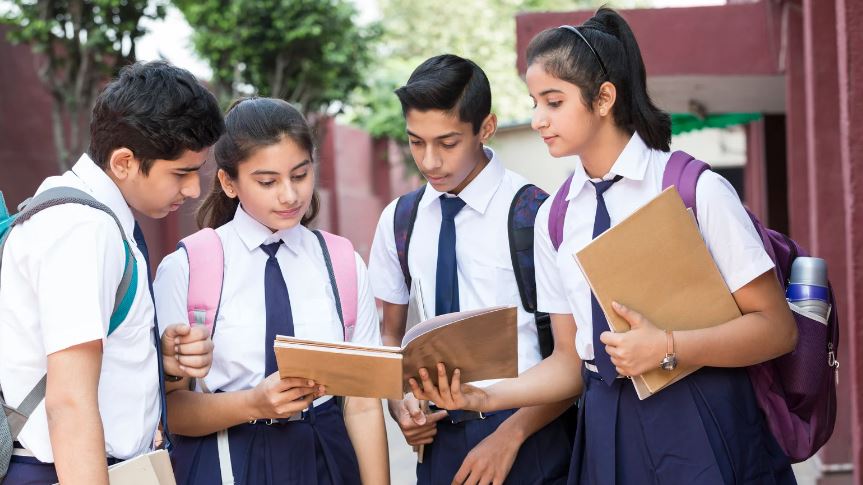India is home to a vast population with a wide range of socio-economic conditions, and literacy remains one of the key indicators of a region’s development. Despite numerous educational initiatives, many states continue to struggle with low literacy rates.
In this article, we focus on the Top 10 States with the Lowest Literacy Rates in India. Understanding these states’ struggles sheds light on the broader educational challenges faced by the country and the efforts required to improve literacy across India.
What is the Lowest Literacy Rate in India?
India has a wide range of literacy rates, with states like Kerala boasting over 90% literacy, while others lag far behind.
The state with the lowest literacy rate is Bihar, with a literacy rate of 61.8%. Bihar’s literacy rate has long been a topic of concern, as it reflects challenges in education access, infrastructure, and socio-economic factors.
Several factors contribute to this low rate, including inadequate school facilities, high dropout rates, and a lack of focus on adult education. While male literacy is higher at 71.2%, female literacy in Bihar stands at a low 51.5%, demonstrating a stark gender gap. This gender disparity contributes significantly to the state’s overall low literacy rate.
The government has introduced multiple schemes like Sarva Shiksha Abhiyan and Mid-Day Meal schemes to address these issues. However, progress is slow, and Bihar remains at the bottom in terms of literacy.
Why Is the Literacy Rate So Low in Certain Indian States?
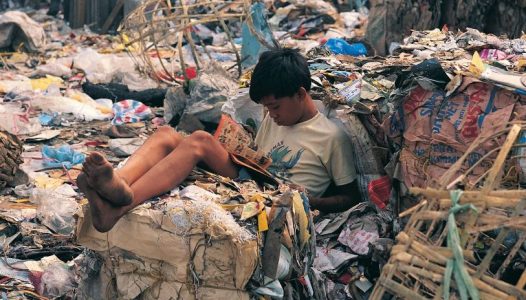
There are multiple reasons for low literacy rates in certain states. One major reason is the lack of educational infrastructure in rural areas.
States like Bihar, Rajasthan, and Arunachal Pradesh have large rural populations, where access to schools is limited, and education often takes a backseat to livelihood needs.
Poverty is another significant contributor. Families in economically weaker states prioritize daily wages over sending children to school, leading to higher dropout rates.
This is especially common in rural communities where children are often required to work and support their families instead of continuing their education.
Moreover, social issues like gender inequality also play a role in lowering literacy rates. In states like Bihar and Rajasthan, the preference for male education over female education is more pronounced, leading to lower female literacy rates, which in turn drags down the overall literacy statistics.
How Does Female Literacy Affect Overall Literacy Rates in India?
Female literacy has a direct impact on the overall literacy rate in India. In states where female literacy is low, such as Bihar and Rajasthan, the overall literacy rates are also significantly lower. For instance, Bihar’s female literacy rate is only 51.5%, which brings down the state’s average considerably.
Educated women are more likely to send their children to school, breaking the cycle of illiteracy in future generations.
Additionally, educating women contributes to economic growth, better health outcomes, and improved family planning, as educated women tend to have fewer, healthier children.
Improving female literacy rates has become a major goal for the Indian government, with several initiatives aimed at increasing girls’ enrolment in schools, such as the Beti Bachao Beti Padhao campaign. Yet, despite these efforts, states with lower female literacy still struggle to achieve higher overall literacy rates.
What Are the Main Causes of Low Literacy Rates in India?
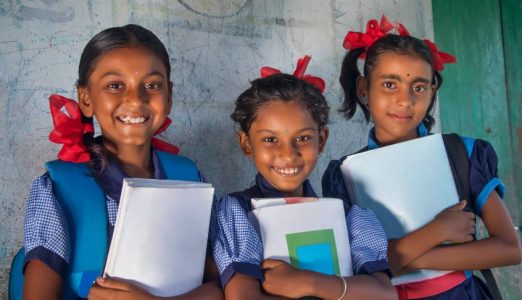
The reasons for low literacy rates in India are multifaceted:
- Economic factors are the primary cause. States with high poverty levels, such as Bihar, Uttar Pradesh, and Jharkhand, often have to focus on survival needs over education.
- Many families in these states cannot afford to send their children to school or need them to work to support the household.
- Another contributing factor is the lack of qualified teachers and educational resources. Many schools in remote areas are understaffed, with students having to share a single teacher across multiple subjects. Additionally, poor infrastructure, including a lack of basic facilities like toilets and libraries, further discourages students from attending schools.
- The cultural factors also play a role. In rural India, especially in northern states, societal norms may restrict girls from pursuing higher education.
This bias towards male education means fewer girls complete school, contributing to the overall lower literacy rates in these states.
How Does the Rural-Urban Divide Impact Literacy Rates in India?
The divide between rural and urban areas significantly affects literacy rates in India. In urban regions, literacy rates are generally higher due to better access to educational institutions, infrastructure, and resources.
In contrast, rural areas, especially in states like Bihar, Uttar Pradesh, and Rajasthan, suffer from limited access to schools, especially secondary and higher education institutions.
Moreover, the quality of education also varies greatly. Urban schools have better-trained teachers, more facilities, and access to digital resources, which significantly improves the learning outcomes of students. Meanwhile, rural schools often lack even basic infrastructure such as proper classrooms, sanitation, or textbooks.
The government has made efforts to address this through schemes like Sarva Shiksha Abhiyan, but the gap remains wide. Addressing this rural-urban divide is crucial for improving literacy rates across the country, especially in less literate states.
What Are the Government Initiatives to Improve Literacy in Low-Literacy States?
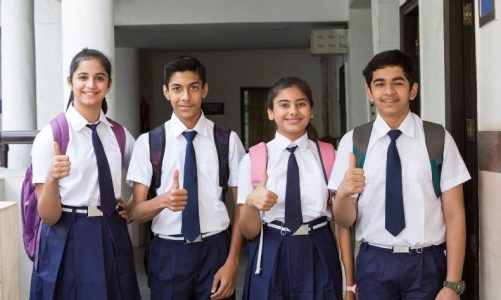
To tackle low literacy rates, especially in states with the lowest figures like Bihar and Jharkhand, the Indian government has launched several initiatives. The Samagra Shiksha Abhiyan is a comprehensive program aiming to bridge literacy gaps by ensuring all children have access to education, especially in rural and backward areas.
Additionally, the Mid-Day Meal Scheme encourages school attendance by providing free lunches to students in government schools, thus reducing dropout rates. The Beti Bachao Beti Padhao initiative focuses on improving female literacy, which directly impacts the overall literacy rate, particularly in states with significant gender disparities.
Saakshar Bharat, another key initiative, specifically targets adult literacy in rural areas. This scheme aims to increase literacy rates among adults, especially women, thus improving overall educational outcomes in less literate states.
Key Points:
- Samagra Shiksha Abhiyan: aims for universal access to education
- Mid-Day Meal Scheme: boosts attendance and reduces dropouts
- Beti Bachao Beti Padhao: focuses on female literacy
Top 10 States with Lowest Literacy Rate in India
1. Bihar (61.8%)
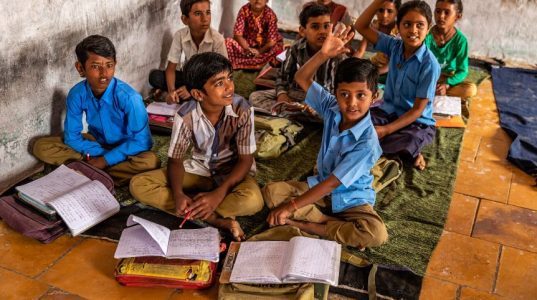
Bihar, despite being one of the most culturally rich states in India, continues to grapple with its low literacy rate. With a literacy rate of just 61.8%, Bihar has the lowest literacy rate in the country.
The state’s poor educational infrastructure, particularly in rural areas, is one of the major contributing factors. Many schools in Bihar lack basic amenities such as toilets, libraries, and sufficient teaching staff, which deters both students and parents from prioritizing education.
The literacy rate among women in Bihar stands at a mere 51.5%, far below the national average. This gender disparity is rooted in the socio-economic structure of the state, where traditional gender roles often prioritize men’s education over women’s.
The government has introduced schemes like the Beti Bachao Beti Padhao initiative, but the progress has been slow, with cultural barriers still impeding change.
Here are some key factors contributing to the low literacy rate in Bihar:
- Male literacy: 71.2%
- Female literacy: 51.5%
- Poverty and inadequate infrastructure
- High dropout rates due to economic pressures
- Government efforts: Sarva Shiksha Abhiyan, Beti Bachao Beti Padhao
Poverty is another significant factor contributing to the low literacy rate in Bihar. Many families struggle to afford education, and children are often expected to work to contribute to the family income.
This situation leads to high dropout rates, especially among older children. While government schemes like Sarva Shiksha Abhiyan aim to improve access to education, challenges remain in the effective implementation of these programs.
2. Arunachal Pradesh (65.38%)
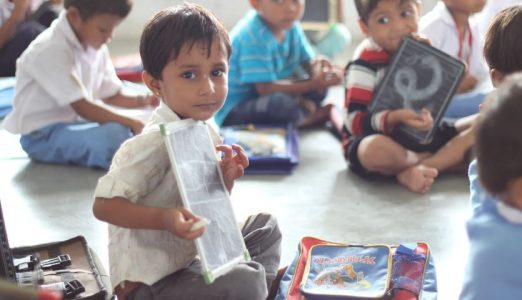
Arunachal Pradesh is the second state with one of the lowest literacy rates in India, standing at 65.38%. This state’s vast geography, which includes remote and difficult-to-reach areas, is a major barrier to increasing literacy.
Many children in remote villages do not have access to schools, and even where schools exist, the quality of education is often subpar due to a lack of trained teachers.
The state’s female literacy rate is just 57.70%, significantly lower than the male literacy rate of 72.55%. Gender disparity is a prominent issue in Arunachal Pradesh, with cultural factors playing a key role in limiting educational opportunities for girls.
Additionally, early marriages and a lack of awareness about the importance of education are contributing factors to the low literacy rates, especially for females.
Here are the key challenges affecting literacy in Arunachal Pradesh:
- Male literacy: 72.55%
- Female literacy: 57.70%
- Challenges: remote geography, lack of infrastructure
- Early marriages and cultural barriers for female education
- Government efforts: Samagra Shiksha Abhiyan
The state government, with the help of central schemes, has been trying to improve the situation through initiatives like Samagra Shiksha Abhiyan, aimed at ensuring access to education even in the most remote areas.
However, given the difficult terrain and scattered population, progress is slow. More efforts are needed to improve infrastructure and ensure that teachers are adequately trained and retained in rural areas.
3. Rajasthan (66.11%)
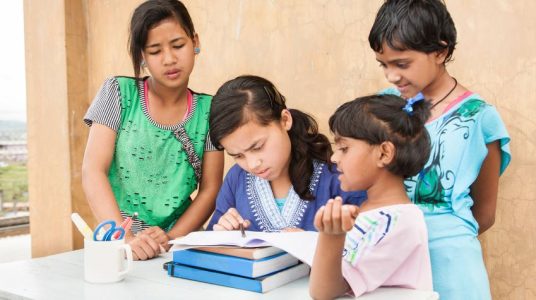
Rajasthan, with a literacy rate of 66.11%, faces a significant gender gap in education, much like Bihar and Arunachal Pradesh. While male literacy in the state stands at 79.19%, female literacy is far lower at 52.12%, marking a considerable disparity.
This gap can be attributed to deep-rooted cultural norms that prioritize male education over female, especially in rural areas.
Here are the main factors impacting the literacy rate in Rajasthan:
- Male literacy: 79.19%
- Female literacy: 52.12%
- Cultural bias against female education
- Rural infrastructure and early marriages limit female literacy
- Government efforts: Sarva Shiksha Abhiyan, Beti Bachao Beti Padhao
The state is predominantly rural, with many girls being married off at a young age, limiting their educational opportunities. Rajasthan also struggles with inadequate school infrastructure in its remote villages, where basic facilities like classrooms and toilets are often lacking.
These conditions discourage families from sending their daughters to school, further contributing to the low literacy rate among women.
Despite these challenges, the government has launched several initiatives to combat low literacy rates, such as the Sarva Shiksha Abhiyan and Beti Bachao Beti Padhao. These programs aim to encourage education for all, with a particular focus on improving female literacy. However, the state’s deeply ingrained cultural practices continue to hinder significant progress.
4. Jharkhand (66.41%)
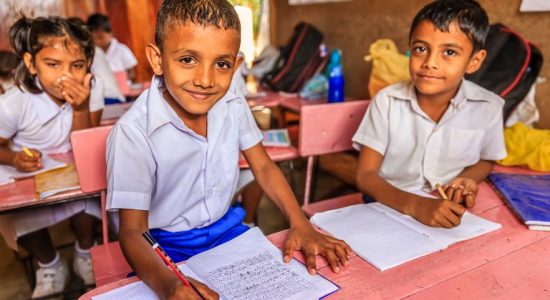
Jharkhand, with a literacy rate of 66.41%, also suffers from a significant gender disparity in literacy. While male literacy is at 76.84%, female literacy lags behind at 55.42%.
Jharkhand’s economy is largely rural and tribal, and these communities often face challenges accessing quality education, particularly in remote and forested regions.
Poverty remains a major factor, with many families unable to afford the costs associated with schooling. Additionally, schools in these areas are often understaffed and lack adequate facilities, further contributing to high dropout rates.
Here are the significant elements contributing to the literacy challenges in Jharkhand:
- Male literacy: 76.84%
- Female literacy: 55.42%
- High poverty rates and inadequate school infrastructure
- High dropout rates among tribal communities
- Government efforts: Mid-Day Meal Scheme, Saakshar Bharat Mission
The Mid-Day Meal Scheme, which aims to encourage attendance by providing meals, has helped, but more is needed to address the infrastructure and teacher shortage.
The government has also launched literacy programs targeting women and tribal populations, such as the Saakshar Bharat Mission, but these programs need better implementation to be truly effective.
Jharkhand’s literacy rate is expected to improve as the state continues to focus on these underserved populations, but progress remains slow.
5. Andhra Pradesh (67.02%)
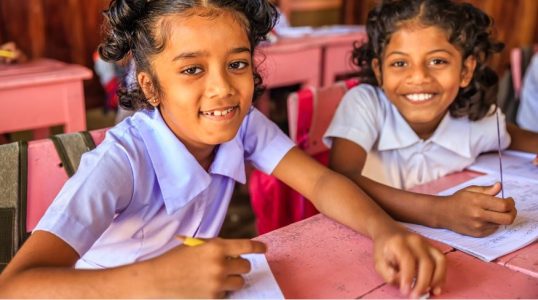
With a literacy rate of 67.02%, Andhra Pradesh ranks low in literacy compared to other Indian states. The gender gap in education is less stark here than in some northern states, with male literacy at 74.88% and female literacy at 59.15%.
However, the state still faces significant challenges, particularly in its rural areas, where poverty and lack of access to quality education persist.
Andhra Pradesh has a large rural population, and many villages still lack adequate educational infrastructure. While urban areas have seen significant improvements in literacy rates, the rural-urban divide remains wide, contributing to the state’s low overall literacy.
Here are some important factors affecting literacy in Andhra Pradesh:
- Male literacy: 74.88%
- Female literacy: 59.15%
- Rural-urban divide in access to education
- High dropout rates among girls after primary school
- Government efforts: Sarva Shiksha Abhiyan, Beti Bachao Beti Padhao
The government has made efforts to address these disparities through programs like Sarva Shiksha Abhiyan, but more resources are needed to close the gap.
Another major issue in Andhra Pradesh is the high dropout rate among girls, particularly after primary school.
Cultural factors and the financial burden of education often prevent girls from continuing their studies. Government schemes like Beti Bachao Beti Padhao have been introduced to encourage girls to stay in school, but their impact has been limited so far.
6. Jammu and Kashmir (67.16%)

Jammu and Kashmir’s literacy rate of 67.16% is affected by various socio-political factors, including prolonged conflicts and political instability.
These issues have disrupted the education system, with frequent school closures and a lack of adequate infrastructure, particularly in conflict zones. Male literacy in the region stands at 76.75%, while female literacy is lower at 56.43%.
In addition to the challenges posed by political unrest, gender inequality remains a significant issue. Many girls in rural parts of Jammu and Kashmir are deprived of educational opportunities, either due to cultural reasons or because of the lack of access to nearby schools.
Here are the key issues influencing the literacy rate in Jammu and Kashmir:
- Male literacy: 76.75%
- Female literacy: 56.43%
- Conflict and political instability disrupting education
- Lack of access in remote and conflict-affected areas
- Government efforts: Saakshar Bharat, Sarva Shiksha Abhiyan
The state’s geography also presents a challenge, with many mountainous and remote regions where education facilities are scarce.
The government has attempted to address these issues through initiatives like Saakshar Bharat and Sarva Shiksha Abhiyan, but the ongoing conflict and difficult terrain continue to impede progress.
Improving the literacy rate in Jammu and Kashmir requires a multi-faceted approach that addresses both political and social challenges.
7. Uttar Pradesh (67.68%)
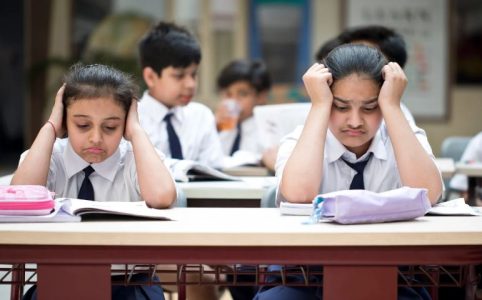
With a literacy rate of 67.68%, Uttar Pradesh (UP) is another state facing significant challenges in improving its educational outcomes.
Despite being the most populous state in India, the literacy rate is far below the national average, with male literacy at 77.28% and female literacy at 57.18%. The state’s large population, combined with high poverty rates, puts immense pressure on its educational infrastructure.
In rural areas, particularly in eastern Uttar Pradesh, access to schools is limited, and the quality of education is often poor.
Here are some major contributors to the low literacy rate in Uttar Pradesh:
- Male literacy: 77.28%
- Female literacy: 57.18%
- High poverty and large rural population
- Rural-urban divide in education
- Government efforts: Sarva Shiksha Abhiyan, Mid-Day Meal Scheme
Children, especially girls, are expected to contribute to household chores or earn money, leading to high dropout rates. Furthermore, the emphasis on male education over female education persists, contributing to the large gender gap in literacy rates.
Despite government efforts like the Sarva Shiksha Abhiyan and Mid-Day Meal Scheme, the state’s rural-urban divide remains a challenge. Urban areas show significantly better literacy rates compared to rural areas, indicating the need for more focused interventions in rural regions to improve both access and quality of education.
8. Madhya Pradesh (69.32%)

Madhya Pradesh has a literacy rate of 69.32%, with a significant rural population that lacks access to quality education. The state faces challenges related to infrastructure in remote areas, where schools are often poorly equipped and staffed. Male literacy in the state stands at 78.73%, while female literacy lags behind at 59.24%.
The state’s large tribal population, especially in districts like Jhabua and Alirajpur, struggles with poor access to schools. The dropout rates are high, particularly among girls, as families often prioritize domestic responsibilities over education.
Here are the critical factors affecting literacy levels in Madhya Pradesh:
- Male literacy: 78.73%
- Female literacy: 59.24%
- Major challenges: poor infrastructure, tribal populations
- High dropout rates, particularly among girls
- Government efforts: Mukhyamantri Bal Shiksha Yojana, Sarva Shiksha Abhiyan
The Mukhyamantri Bal Shiksha Yojana and Sarva Shiksha Abhiyan are in place to address these issues, but implementation remains inconsistent in tribal areas.
Madhya Pradesh’s educational challenges are compounded by poverty and social issues like child labor, which pull children out of school early. More focused efforts are required to bring marginalized communities into the educational fold, particularly through targeted scholarships and incentive programs.
9. Chhattisgarh (70.28%)
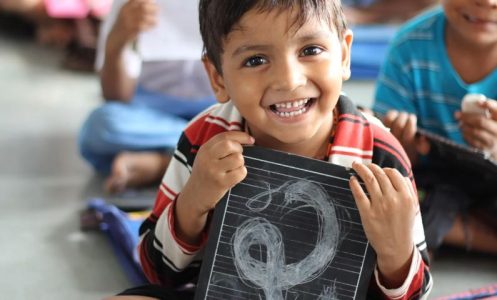
With a literacy rate of 70.28%, Chhattisgarh has seen improvements in education over the past decade, but still lags behind the national average.
The state’s predominantly rural and tribal population contributes to its low literacy rates, with male literacy at 80.27% and female literacy at 60.24%. Educational attainment in tribal areas remains a significant challenge due to limited infrastructure and teacher availability.
Many schools in the tribal belts face shortages of teachers, and the difficult terrain makes it hard to access remote villages.
Here are some significant reasons impacting the literacy rate in Chhattisgarh:
- Male literacy: 80.27%
- Female literacy: 60.24%
- High dropout rates in tribal and insurgency-affected areas
- Government efforts: Shiksha Saathi Yojana, Sarva Shiksha Abhiyan
- Teacher shortages and poor infrastructure in remote areas
The state government has implemented various schemes, such as the Shiksha Saathi Yojana, to improve education for tribal communities, but progress has been slow. The insurgency problem in parts of the state also hinders educational access in affected regions.
Additionally, the state faces a high dropout rate, especially among girls, due to cultural factors and poverty. Government initiatives like Sarva Shiksha Abhiyan and the Mid-Day Meal Scheme have helped improve attendance, but the challenges remain in fully integrating these rural and tribal populations into the education system.
10. Assam (72.19%)

Assam, with a literacy rate of 72.19%, fares slightly better than the other states on this list, but still faces considerable challenges in improving education, especially in rural and flood-prone areas.
Male literacy stands at 77.85%, while female literacy is 66.27%. The state’s geography, with many regions frequently affected by floods, often disrupts schooling and contributes to higher dropout rates.
The rural areas of Assam suffer from a lack of infrastructure and qualified teachers. Many children in these regions face long commutes to reach schools, and in flood-affected areas, schools are often destroyed or rendered inaccessible.
Here are some key factors contributing to the literacy challenges faced by Assam:
- Male literacy: 77.85%
- Female literacy: 66.27%
- Challenges: frequent floods disrupt education, poor infrastructure
- Gender disparities in school attendance
- Government efforts: Gunotsav, Mid-Day Meal Scheme, Beti Bachao Beti Padhao
Despite these challenges, the government has launched programs like Gunotsav, which focuses on improving the quality of education and monitoring school performance.
Assam also has significant gender disparities, with fewer girls attending and completing school compared to boys. Government schemes such as the Mid-Day Meal Scheme and Beti Bachao Beti Padhao aim to encourage higher attendance among girls, but more sustained efforts are needed to close the literacy gap.
Conclusion
The literacy gap in India is not merely a statistical challenge but a reflection of the deep-rooted socio-economic and cultural disparities that exist across different regions.
The Top 10 States with the Lowest Literacy Rates—Bihar, Arunachal Pradesh, Rajasthan, Jharkhand, Andhra Pradesh, Jammu and Kashmir, Uttar Pradesh, Madhya Pradesh, Chhattisgarh, and Assam—highlight the pressing need for targeted interventions.
With government schemes like Sarva Shiksha Abhiyan and Beti Bachao Beti Padhao, efforts are being made to bridge this gap, but more sustained focus is required to ensure that education reaches every corner of the country.
Only by addressing these structural challenges can India hope to achieve true educational equality and progress as a nation.
FAQs
What is the state with the lowest literacy rate in India?
The state with the lowest literacy rate in India is Bihar, with a literacy rate of 61.8%. The state struggles with poor educational infrastructure, high dropout rates, and significant gender disparities in literacy.
Why is Bihar’s literacy rate so low?
Bihar’s low literacy rate is primarily due to poverty, inadequate educational infrastructure, and a lack of emphasis on female education. Many families prioritize earning a livelihood over sending their children to school.
How does the literacy rate affect a state’s development?
Literacy rates are directly linked to a state’s development. Higher literacy rates lead to better employment opportunities, economic growth, improved health outcomes, and overall socio-economic progress. States with lower literacy rates, like Bihar and Rajasthan, tend to have lower development indices.
What are some government programs to improve literacy in India?
The Indian government has launched several programs, such as Sarva Shiksha Abhiyan, Mid-Day Meal Scheme, and Beti Bachao Beti Padhao, aimed at improving school enrollment and retention rates, particularly in rural and underdeveloped regions.
Which Indian state has the highest literacy rate?
Kerala has the highest literacy rate in India, standing at 94%. The state’s strong focus on education and progressive social policies have contributed to its impressive literacy rates.
How can the literacy rate in rural India be improved?
Improving rural literacy requires better access to schools, improved educational infrastructure, and focused efforts on female education. Government programs must also focus on addressing socio-cultural barriers and poverty to reduce dropout rates.
What role does female literacy play in overall literacy improvement?
Female literacy is crucial for improving overall literacy rates. Educated women are more likely to send their children to school, contribute to household income, and participate in community development, leading to a generational shift in literacy and socio-economic status.

